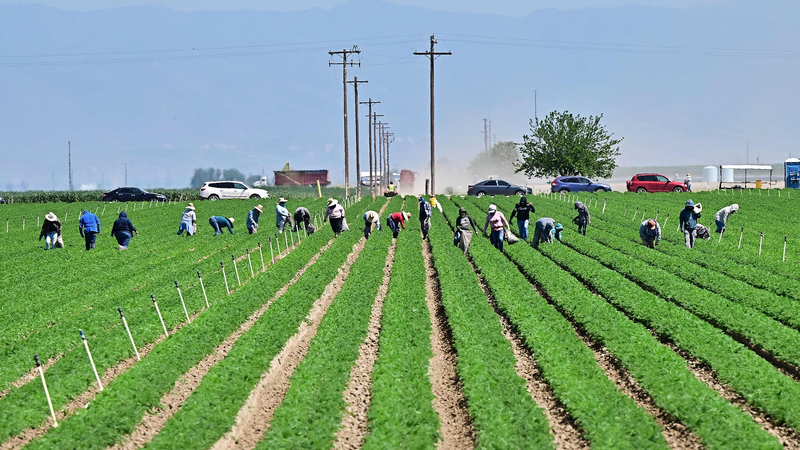California's agricultural sector, valued at $59 billion, faces severe turbulence as new trade tariffs disrupt both production costs and export markets. U.S. tariffs have triggered retaliatory measures from key partners such as the Chinese mainland and Canada, deepening the impact on the nation’s largest agricultural industry.
Almond farmer Christine Gemperle, operating 55 hectares in Stanislaus County, paints a grim picture. She recalls, "We got hammered. We lost our key market in the Chinese mainland to Australia," underscoring the vulnerability of an industry that produces 76 percent of the world's almonds.
Citrus growers are also reeling from the effects. Bianca Kaprielian, co-CEO of Creekside Organics in Reedley, explains that a 25 percent retaliatory tariff by Canada has led to a sharp drop in orders for oranges and lemons. With fears that falling exports could cause domestic oversupply and further lower prices, uncertainty is mounting across the board.
The wine industry is likewise affected. Once a cornerstone of California's over $1 billion annual exports to Canada, American wines are now being pulled from shelves in several provinces as part of the tariff fallout. The situation recalls previous tariff battles that cost U.S. farmers dearly, despite attempts at federal bailouts.
Insights from experts add weight to the crisis. George Frisvold, chair of agribusiness economics and policy at the University of Arizona, noted that during the earlier tariff era, American farmers earned 10-13 percent less compared to previous years. Caleb Ragland, president of the American Soybean Association, remarked that these tariffs have eroded trust, making it far more challenging to rebuild lost international markets.
Beyond lost export revenues, rising costs for imported equipment and supplies are further squeezing profit margins. For many in California's farming community, these compounded challenges are a stark reminder of how interconnected global trade policies and local livelihoods truly are.
Reference(s):
cgtn.com



